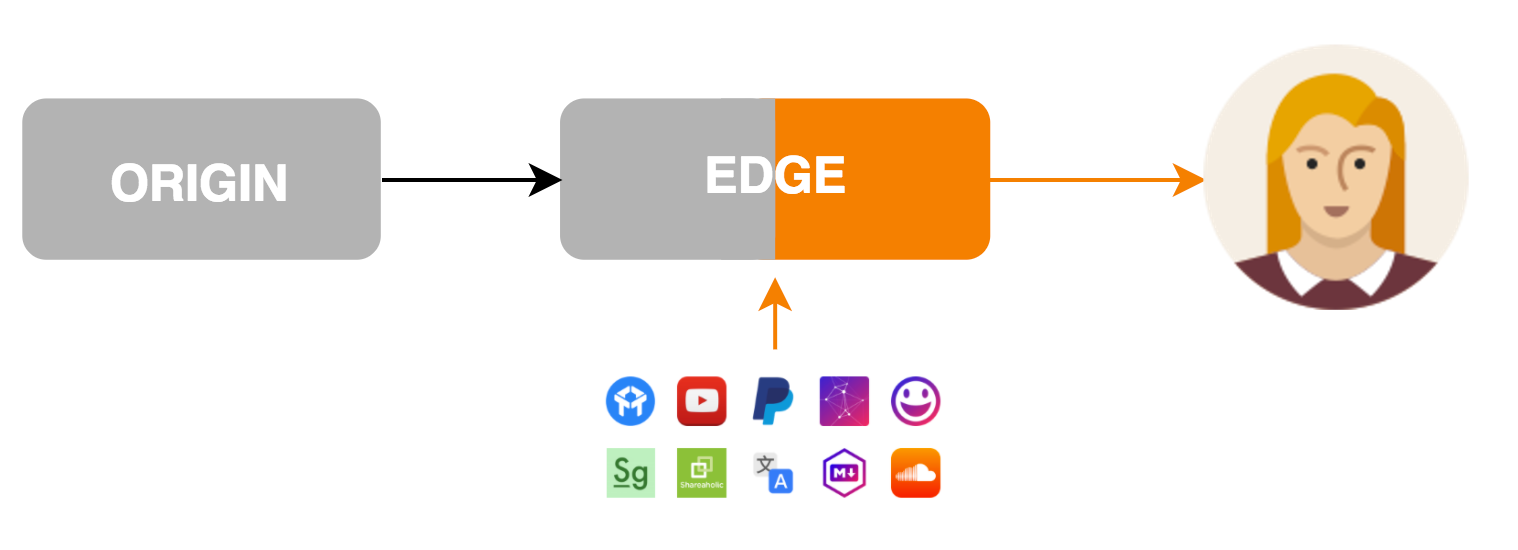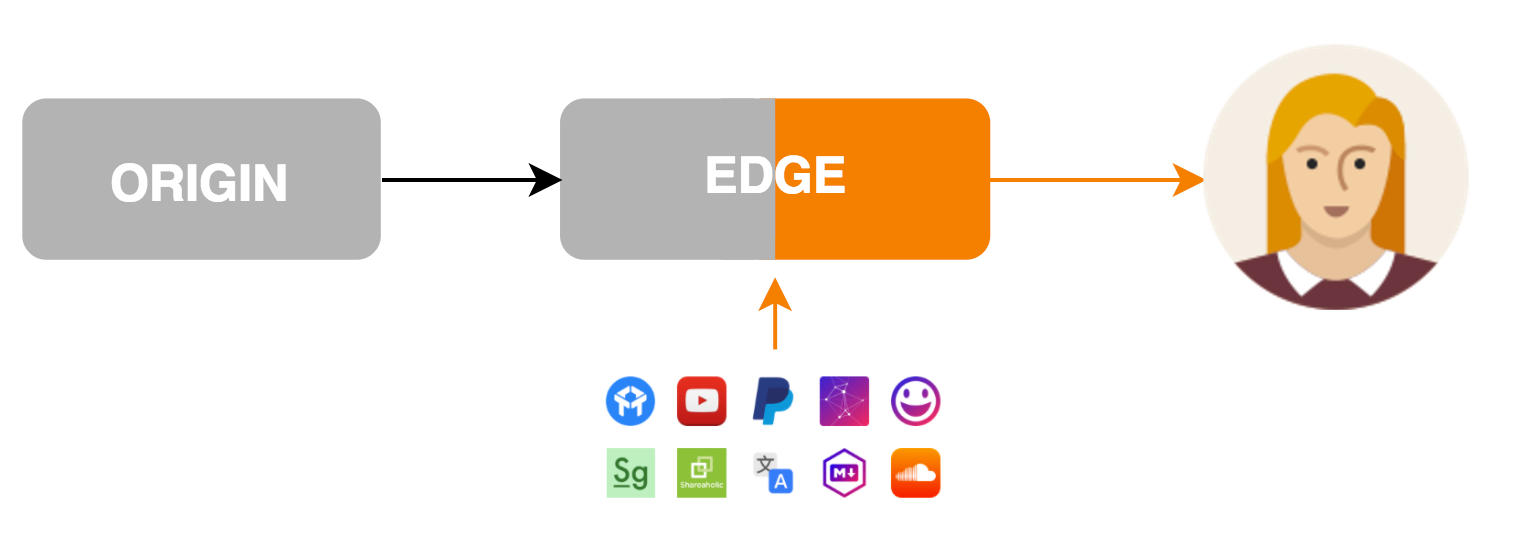To Jumbo or Not to Jumbo?
Here’s the question I got from one of my readers:
Do you have any data available to show the benefits of jumbo frames in 40GE/100GE networks?
In case you’re wondering why he went down this path, here’s the underlying problem:
Read more ...Announcing the New Cloudflare Apps

Today we’re excited to announce the next generation of Cloudflare Apps. Cloudflare Apps is an open platform of tools to build a high quality website. It’s a place where every website owner can select from a vast catalog of Apps which can improve their websites and internet properties in every way imaginable. Selected apps can be previewed and installed instantly with just a few clicks, giving every website owner the power of technical expertise, and every developer the platform only Cloudflare can provide.
Apps can modify content and layout on the page they’re installed on, communicate with external services and dramatically improve websites. Imagine Google Analytics, YouTube videos, in-page chat tools, widgets, themes and every other business which can be built by improving websites. All of these and more can be done with Cloudflare Apps.

Cloudflare Apps makes it possible for a developer in her basement to build the next great new tool and get it on a million websites overnight. With Cloudflare Apps, even the smallest teams can get massive distribution for their apps on the web so that the best products win. With your help we will make it possible for developers like you to build a new Continue reading
SevOne Integrates SDN Monitoring with Cisco ACI
 SevOne will soon be able to monitor VMware and Nuage SDN environments too.
SevOne will soon be able to monitor VMware and Nuage SDN environments too.
Worth Reading: A different kind of bubble
The post Worth Reading: A different kind of bubble appeared first on rule 11 reader.
Telefónica Peru Transforms Central Office to Cloud Data Center
 It hired Huawei to make the transition.
It hired Huawei to make the transition.
Ericsson to Prep Vodafone UK’s 4G LTE Network for 5G
 Deal calls for deployment of MIMO antenna and carrier aggregation technology.
Deal calls for deployment of MIMO antenna and carrier aggregation technology.
Disaggregated, Hyperconverged, and Composed (part 2)
The post Disaggregated, Hyperconverged, and Composed (part 2) appeared first on rule 11 reader.
Cisco, McAfee Take On Email Security
 Other Cisco-McAfee security integrations are in the works.
Other Cisco-McAfee security integrations are in the works.
128 Technology Brings its Session-Based Routing to Nesic
 128 doesn't use tunnels or overlays.
128 doesn't use tunnels or overlays.
WiPro Latest to Tap Red Hat’s OpenShift Container Platform
 Red Hat expects OpenShift to be its biggest revenue driver over the next three years.
Red Hat expects OpenShift to be its biggest revenue driver over the next three years.
Worth Reading: A lesson on cloud agility
The post Worth Reading: A lesson on cloud agility appeared first on rule 11 reader.